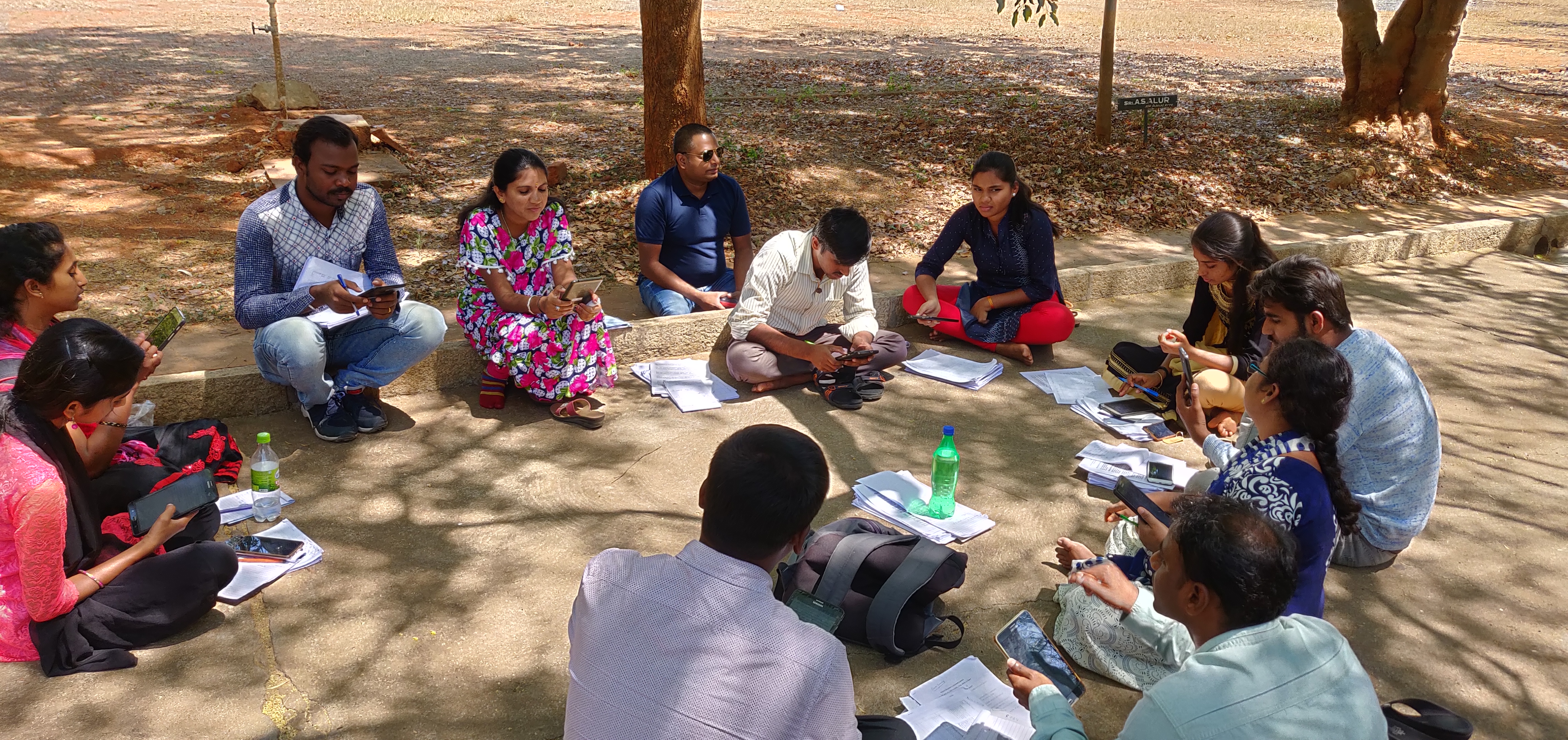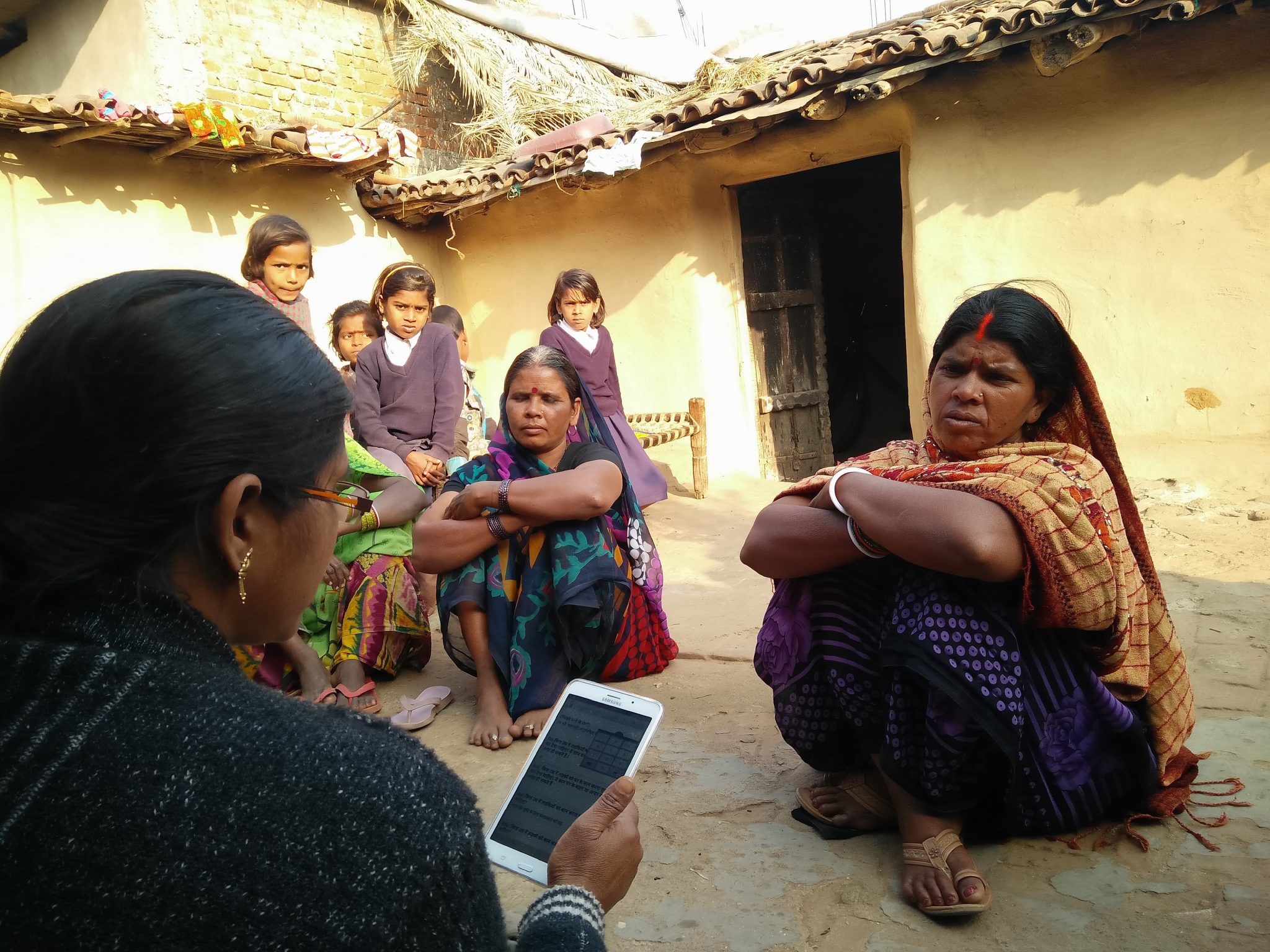Blog Details
Backchecks are quality control measures undertaken to corroborate the credibility and the legitimacy of data collected from a survey. Back-checks necessitate the installation of a back-check team. This team holds responsibility for a re-evaluation of survey outcomes by returning to a randomly selected subset of households from where the data had originally been collected. These randomly selected households are re-interviewed using a back-check survey. The back-check survey contains a subset of questions from the original survey.
Why are back-checks conducted?
Back-checks help to legitimize the data collected from a survey. They act as a tool to assess the enumerator’s effectiveness in conducting a survey and drawing outcomes from the same, help detect discrepancy, if any, in survey outcomes and help in identifying malfunctioning and obsolete survey tools and under-equipped enumerators.
How are back-checks conducted?
The following steps are to be undertaken for the purpose of back-checking a survey.
Coordinating and sampling for back-checks:
The back-checks are conducted by a back-check team which involves enumerators of sound credibility and immaculate character to safeguard against biases and errors.
The duration of back-check surveys should ideally be 10-15 minutes.
20% of the back-checks should be conducted within two weeks from the commencement of fieldwork. This will ensure that the operativeness of the questionnaire and the effectiveness of the enumerators are communicated to the researchers in time, helping them regulate the means to gather high-quality data.
10-20% of the total observations should ideally be back-checked. Missing respondents should be included in the back-check sample.
Designing back-check surveys:
The back-check survey contains a subset of questions from the original questionnaire.
Innovation for Poverty Action lays down four types of questions that should be included in a back-check survey.
Questions that help identify the respondent and the time and the place where the original survey took place.
Type 1 Variable Questions: These are generally demographic questions such as about marital status, education level etc. which usually do not allow room for any error. If there exists a difference in values of type 1 variable questions between the original questionnaire and the back-check survey, it indicates poor quality data.
Type 2 Variable Questions: These are questions which capable enumerators are equipped to handle. If there exists a difference in values of type 2 variable questions between the original questionnaire and the back-check survey, it indicates that the enumerator may require more training.
Type 3 Variable Questions: These are strenuous questions. They help researchers understand if the questionnaire is designed in an operative manner and if the enumerators are able to successfully and uniformly understand the nuances of the same. If there exists a difference in values of type 3 variable questions between the original questionnaire and the back-check survey, it indicates that the enumerator may require more extensive training and allows room for questionnaire modification.
Protocol for back-checks:
If there surfaces a 10% discrepancy in the back-check, the enumerator will be given a warning.
If there surfaces a 20-30% discrepancy in the back-check, the back-checker along with the enumerator will revisit the household and rectify the errors in the back-check survey. Further,
If the error was on the part of the enumerator, three additional surveys by the enumerator in the same week are needed to be back-checked.
If any three of the back-checked surveys result in a 20% or more error, all surveys by the enumerator in the said batch are to be back-checked.
Any survey with 20% or more error is to be re-done. The enumerator in question is to be put on probation and told that repetition of errors of a similar nature can have him/her fired.
If there surfaces 40% or more discrepancy in the back-checks, the household is to be revisited for the purpose of determining the nature and cause of errors. If the error arises on account of the enumerator, the household is to be re-surveyed and all surveys done by the enumerator in the said batch is to be audited. If one or more survey has 40% or more discrepancy, the enumerator is to be fired with immediate effect and all surveys with 20% or more discrepancy are to be re-done.
Sources:-
Back Checks - DIME Wiki. (n.d.). In Dimewiki.worldbank.org. Retrieved from HTTPS://DIMEWIKI.WORLDBANK.ORG/WIKI/BACK_CHECKS
Innovation for Poverty Action. (2018). Retrieved June 20, 2019, from HTTPS://WWW.POVERTY-ACTION.ORG/
Outline India. Retrieved June 20, 2019, from HTTPS://WWW.OUTLINEINDIA.COM/








David Angel Makel
IT ConsultantIt is a long established fact that a reader will be distracted by the readable content page looking at its layout point of using normal